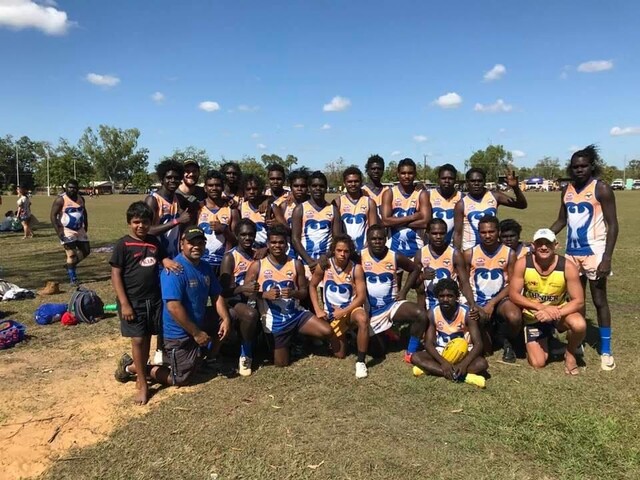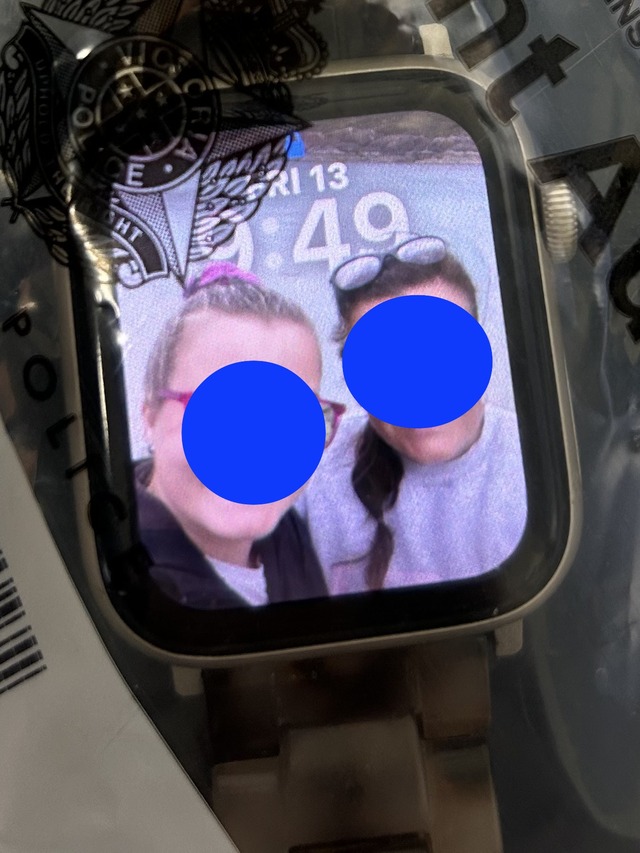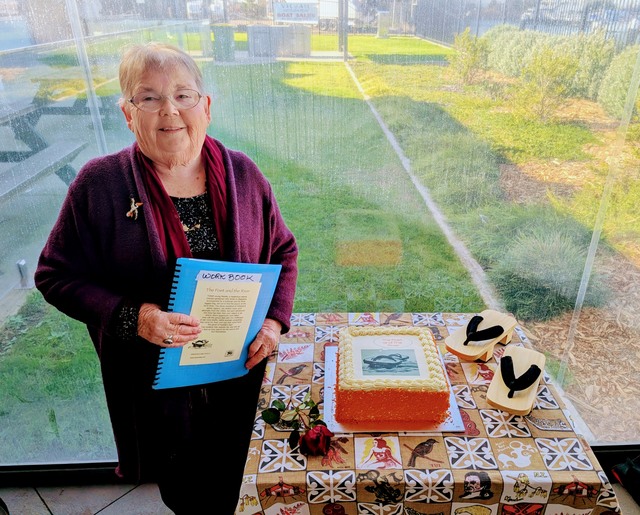By KATH GANNAWAY
VIOLENCE towards paramedics is not only intolerable, it’s stupid.
Ambulance Victoria and the Ambulance Employees union are united in their condemnation of the growing incidents of aggression and assault of paramedics on the job.
With 88 physical assaults on paramedics in 2013-14, and 161 reports of aggression and/or assault in the first six months of 2014-15, Ambulance Victoria Acting CEO Tony Walker laid down the law in February, saying abuse by patients, families or bystanders would not be tolerated.
“No-one comes to work expecting to be harmed and we have zero tolerance for violence, threats or abuse towards our paramedics,” he said, adding that attacking emergency service workers, including paramedics, was a crime that can lead to jail time.
Ambulance Employees Australia Victoria State Secretary Steve McGhie said it was just stupid to harm a paramedic when they were trying to help or save someone.
“Their violence can not only harm the paramedic, but it can harm the patient’s outcome,” he said.
The figures show increases in aggression or assault in metropolitan and rural regions, broken down into incidents related to alcohol, drugs and a combination of the two.
The statistics show about 20 per cent of all reports were drug and or alcohol-related.
The number of incidents involving a weapon increased from 17 in 2012-13 to 22 in 2013-14, and from 74 to 90 for the number of paramedics reporting incidents where there was potential for violence in the same period.
Yarra Ranges councillor Jason Callanan has been a paramedic for a number of years, currently working in the Dandenong area.
“I have come across a lot of violent situations and it’s hard to understand, or believe, that the stats are that low for drugs and alcohol,” he said.
He said, while not excusing or condoning aggressive behaviour, there was a range of reasons behind the behaviour, including mental health, where people could be violent and unpredictable.
He said the language barrier in some communities could lead to confusion and frustration, diabetics experiencing a blood sugar low can appear erratic and can be aggressive, and a lack of understanding across the board of the role, and the skills, of a paramedic, are all in the mix.
“Medical emergencies are highly emotional and traumatic times and normally rational people can become irrational,” he said.
“In a SIDS (Sudden Infant Death Syndrome) case, I would expect the mum and dad to be irrational and screaming; to me that would be normal and I would allow them to do that.
“It comes down to the situation.”
He said there was still a perception that paramedics were drivers whose job was to pick up and deliver to a hospital asap.
“Often people don’t understand what we are able to do.
“We have the skills to stabilise people on the scene so when we get to emergency they go through that area quicker because the doctors and nurses don’t have to do all the basic stuff.
“The only way to fix that is to educate them and coach them and reassure them that what we do is what they do in hospital.”
In situations where alcohol and drugs are the driver behind aggression and assaults on paramedics, Mr Callanan said peer pressure, and peer support, can play a part in changing behaviour.
“It’s up to friends to tell them how they acted, and hopefully they can learn from that.”
Ambulance Victoria has established an occupational violence working group which is reviewing the aggression and assault training paramedics receive, and current policies and procedures.
Mr Walker said the training includes how to identify potentially dangerous situations and take adequate actions to ensure safety.






